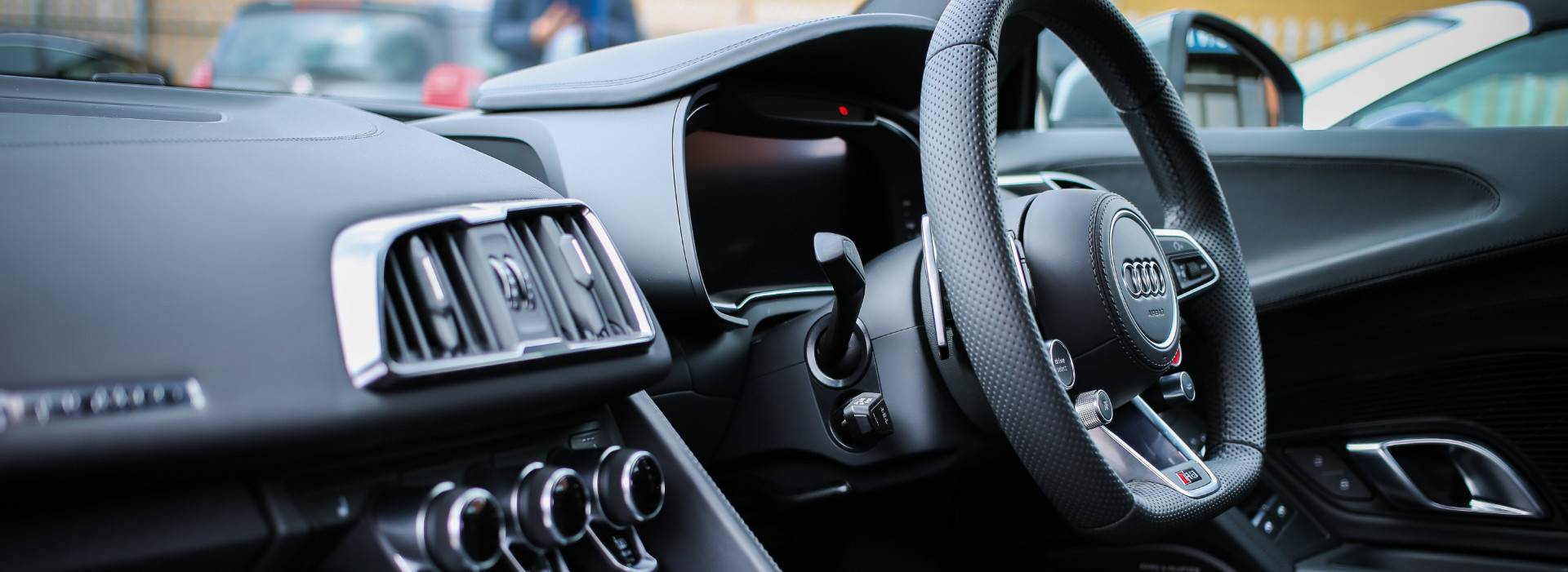Fair Wear and Tear
Everything you need to know about lease car condition standards before collection day.

Fair Wear and Tear Guide for Lease Cars
Summary
When it’s time to hand your lease car back, you'll want to make sure it’s in good shape to avoid any unexpected charges. The good news? You’re not expected to return it in showroom condition. A bit of wear is totally normal – that’s where the term "fair wear and tear" comes in. This guide explains what’s acceptable, what’s not, and how to prep your car before collection day. Quick tip: a little TLC before the handover can go a long way in keeping your end-of-lease experience stress-free.
What is Fair Wear and Tear?
Fair wear and tear covers the everyday signs of use that come with regular driving – not damage from accidents, misuse, or neglect. Think light scuffs, minor seat creases, and a bit of tyre wear. Lease companies expect some of this and won’t charge you for it.
But if the car has dents, deep scratches, missing parts, or very worn tyres, that’s likely to fall outside the “fair” zone – and it could mean repair costs.
What’s Usually Considered Fair Wear and Tear
Here’s a general idea of what lease providers tend to accept:
Exterior:
Light scratches (up to 25mm, not through to primer or metal)
Small chips (like stone chips) that don’t expose rust
Minor scuffs on wheels and bumpers
Interior:
Light creasing on seats
Small marks or stains that can be cleaned
Normal carpet wear
Tyres & Wheels:
Evenly worn tyres that meet minimum legal tread (usually 1.6mm)
Minor alloy scuffs
Glass & Lights:
Small chips that don’t affect driver vision
Working lights with no major cracks
What’s Not Considered Fair Wear and Tear
These are the sorts of things that could trigger end-of-lease charges:
Exterior:
Deep scratches, dents, or rust
Cracked bumpers or trim
Missing badges or trims
Interior:
Rips, burns, or heavily stained seats
Broken controls, damaged dashboard or torn headlining
Pet damage (hair, scratches, smells)
Tyres & Wheels:
Bald or unevenly worn tyres
Damaged or buckled alloys
Glass & Lights:
Cracked windscreens
Broken or non-working lights
How to Get Your Car Ready
A little bit of prep goes a long way. Here’s what we suggest:
Give it a good clean – inside and out. You’ll see what condition it’s in more clearly, and so will the inspector.
Check for damage. Walk around the car like a lease inspector would. Look closely at paint, alloys, windscreen, and interior.
Fix the small stuff. A quick valet or minor scratch repair might cost less than what the lease company would charge.
Sort the paperwork. Make sure you return things like both keys, the handbook, service records, and locking wheel nuts.
Book a pre-inspection if you're unsure. Some lease providers offer this so you know where you stand before collection day.
Don’t Wait Until the Last Minute
You’ll usually get a handover date from your lease provider near the end of your contract. Don’t leave prep until the day before – give yourself at least a week or two to check things over and sort anything that needs attention.
Need Help or Advice?
If you’re not sure whether something counts as fair wear and tear, just give us a shout. We’re happy to guide you through it or help arrange a tidy-up if needed.
What's next?
Enjoyed this? Read our latest news

Business Lease Success for ECF
Ryan at ECF wanted a specific Audi e-Tron GT with options — and we were the only leasing company that could deliver it, under budget, with expert BIK guidance.
Mark's Dream Porsche Journey
Mark always wanted a Porsche. With our expert support, he found the perfect spec, landed a brilliant lease deal, and even hit the track at Silverstone.

The Best 6-Seat Cars in the UK
Whether it’s a big family, car shares or just needing extra room, 6-seaters are a smart sweet spot between a regular car and a full-on people carrier. Here are our favourites.
Customer Stories
We've helped over 1,000+ customers find their dream car, hear what they have to say.
Read more reviews“As usual, top class service. The team at Motorlet provided first class service from beginning to end with the friendly helpful expertise of Josh and Wendy. Will continue to use their services as I have done for the past six years...” Keep reading
Diane Parish | Audi Q5

New deals weekly
Subscribe to get the latest offers, guides, new, and more, straight to your inbox.


















